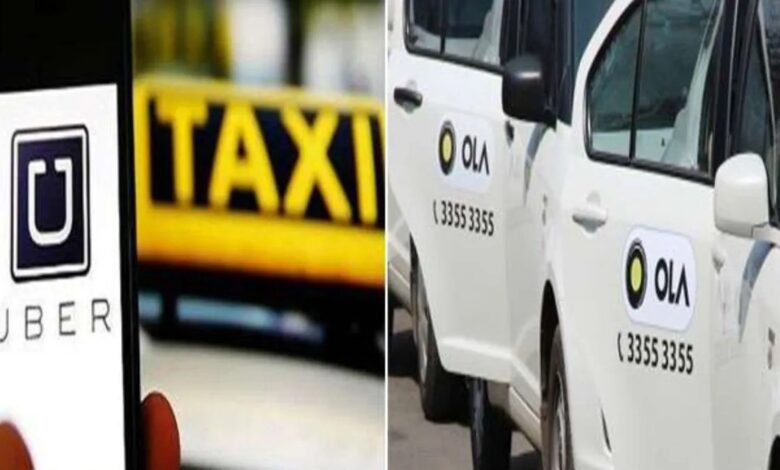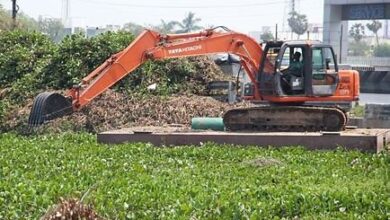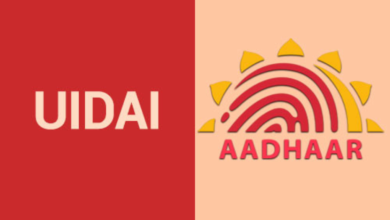Chennai Uber, Ola Drivers to Protest on February 1 Over Commission Fees and Compensation Demands

Introduction
On February 1, 2025, Uber and Ola drivers in Chennai will go on strike to protest against what they claim are unfair commission fees and to demand a subscription-based fee model along with accident compensation. The protest is expected to affect auto-rickshaw and taxi services that operate under these ride-hailing platforms, as drivers have expressed frustration over the increasing commissions that they have to pay to the platforms. Despite the strike, services like Namma Yatri and Taxina will continue to operate as usual, offering commuters alternative transportation options.
This protest coincides with the introduction of revised auto fares, which have been announced by the government. However, proposals for new fare regulations are still awaiting final approval. The demands from the striking drivers are centered around issues of financial sustainability and driver welfare, with a focus on the need for a more equitable compensation model that better supports those behind the wheel.
Reasons Behind the Protest
The main grievance of the drivers is the high commission fees charged by the ride-hailing platforms. Currently, both Uber and Ola charge drivers a commission of approximately 20-25% of the fare for each ride, depending on factors such as location and demand. Many drivers argue that this high fee structure leaves them with only a fraction of the fare, making it difficult to earn a decent living, particularly given the rising cost of living in Chennai.
In addition to the issue of commission fees, the protesting drivers are also demanding the introduction of a subscription-based fee model. Under this model, drivers would pay a fixed monthly fee to the platforms instead of a percentage-based commission on each ride. This would allow them to have more predictable income and reduce the financial strain caused by fluctuating commissions.
Furthermore, drivers are calling for better accident compensation to cover injuries sustained while working. Many drivers have reported a lack of adequate insurance coverage and financial support in the event of accidents, leading to fears about personal safety and financial insecurity. The lack of a robust compensation package has been a long-standing issue in the ride-hailing sector, and drivers have called on the platforms and government to address these concerns.
Impact of the Strike on Chennai
The strike is expected to have a significant impact on Chennai’s daily commute. The city’s heavy reliance on ride-hailing services like Uber and Ola means that a large number of commuters will be affected. This could lead to increased congestion on public transportation systems, as commuters may seek alternatives to reach their destinations.
The strike also coincides with the recent revision of auto fares, which have been a point of contention for both commuters and drivers alike. With fare regulation proposals still pending approval by the government, the timing of the protest reflects growing tensions between the government, ride-hailing companies, and drivers. Drivers have expressed dissatisfaction with the current fare structure, which they feel is not reflective of the costs involved in operating a vehicle in Chennai.
However, the government has been working on introducing more favorable regulations for drivers, including measures to ensure that fair compensation is provided and that ride-hailing services are made more sustainable in the long term. Still, many drivers believe that these proposals are moving too slowly and that immediate changes are needed to address their concerns.
Alternative Services: Namma Yatri and Taxina
While the Uber and Ola strike is expected to cause disruptions, alternative services like Namma Yatri and Taxina will continue to operate without interruption. Namma Yatri, a local taxi service, and Taxina, another alternative ride-hailing platform, have been gaining popularity in Chennai as viable options for commuters who are looking for reliable transport without being dependent on the larger, multinational ride-hailing companies.
These services are expected to benefit from the strike as commuters seek alternatives to Uber and Ola. Namma Yatri and Taxina have been growing their fleets and improving their service offerings to cater to the increasing demand for safe and reliable transportation. These companies have also been praised for their fairer driver compensation models, which could offer a solution to the issues raised by Uber and Ola drivers.
Government’s Role in the Strike
The government of Tamil Nadu has been trying to address the ongoing tensions between ride-hailing platforms and drivers. Over the past year, the Transport Department has been working on new proposals for regulating auto fares and improving driver welfare. These proposals include adjustments to the current fare structure, as well as measures aimed at providing better support for drivers in the event of accidents or injuries. However, these proposals are still in the approval phase, and drivers have expressed frustration over the slow pace of reform.
Conclusion
The February 1 strike by Uber and Ola drivers in Chennai is a significant development in the ongoing debate over driver welfare and fair compensation within the ride-hailing industry. The protest reflects the growing dissatisfaction among drivers with the commission-based model and their demand for a subscription-based fee model and better accident compensation. While the strike may cause disruptions in the city’s transport system, it also highlights the need for more equitable policies and fair regulations that support drivers while ensuring that commuters continue to have access to reliable and affordable transportation.
Social Media Tags:
#Chennai #UberStrike #OlaStrike #DriverProtest #NammaYatri #Taxina #FareRegulation #TransportReform #ChennaiNews #RideHailing






